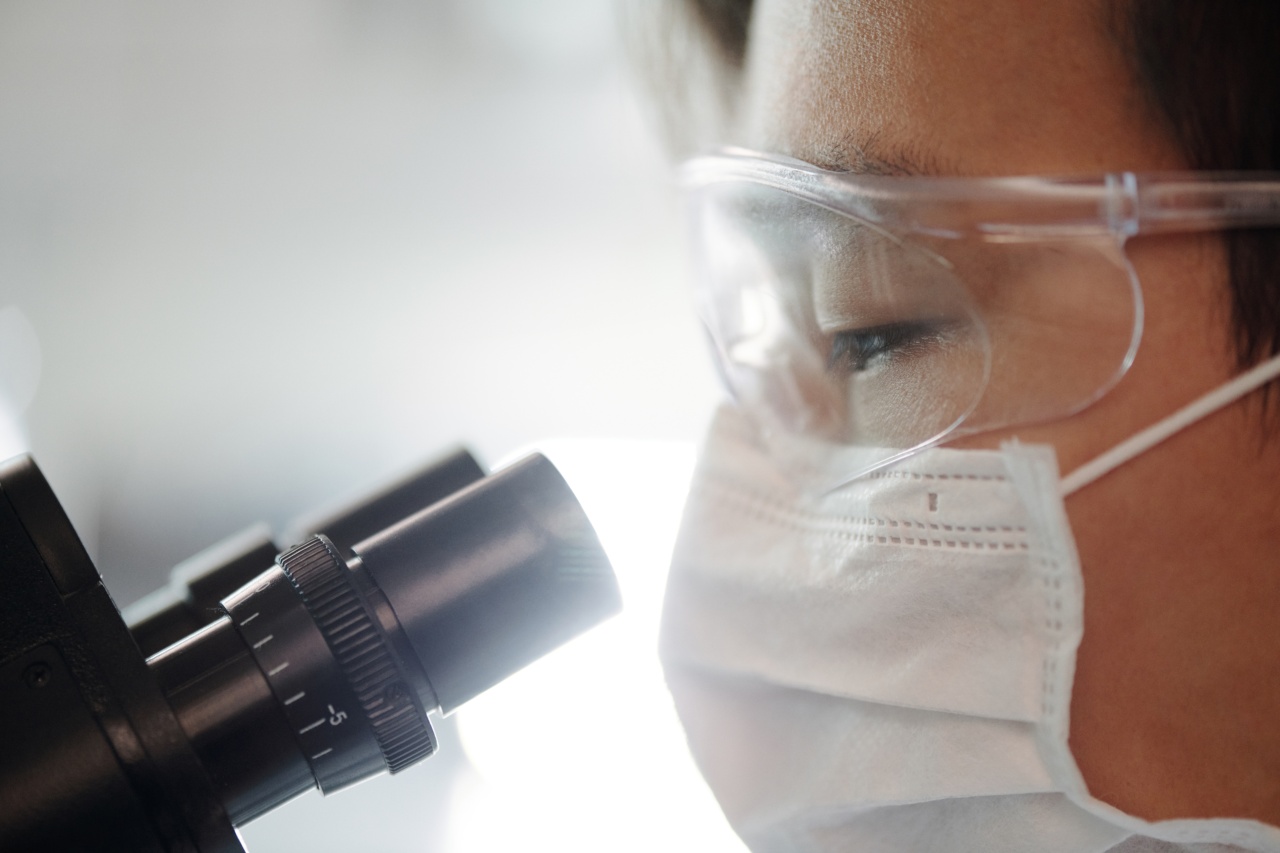High blood pressure, or hypertension, is a common medical condition that affects millions of people around the world. It can lead to serious health problems and should be treated promptly.
While many people turn to medications to control their blood pressure, there are also non-drug methods that can be effective. These methods can help reduce blood pressure without the need for prescription drugs. Here are some non-drug methods for reducing blood pressure:.
1. Exercise Regularly
Exercise is a great way to lower blood pressure. When you exercise, your heart beats faster and your blood vessels expand, which allows blood to flow more easily. This can help reduce your blood pressure over time.
Some good types of exercise for reducing blood pressure include:.
- Brisk walking
- Swimming
- Biking
- Aerobic exercise
- Dancing
2. Diet Changes
Another non-drug method for reducing blood pressure is to change your diet. Eating a healthy, balanced diet can help control blood pressure and reduce the risk of heart disease. Some tips for lowering blood pressure through diet include:.
- Eating more fruits and vegetables
- Reducing sodium intake
- Limiting alcohol consumption
- Eating foods high in potassium, like bananas and spinach
- Reducing caffeine intake
3. Stress Reduction
Stress can have a negative impact on blood pressure. To reduce stress, try practicing relaxation techniques like yoga, meditation, or deep breathing exercises. Other ways to reduce stress include:.
- Getting enough sleep
- Taking breaks throughout the day
- Spending time with loved ones
- Doing activities you enjoy
- Avoiding stressful situations when possible
4. Quitting Smoking
Smoking can raise blood pressure and make it harder to control. Quitting smoking can help lower blood pressure and reduce the risk of heart disease. If you need help quitting smoking, talk to your doctor or a smoking cessation specialist.
5. Weight Loss
Losing weight can help reduce blood pressure, especially if you are overweight or obese. Even a small weight loss can make a big difference in blood pressure. Some ways to lose weight include:.
- Eating a healthy, balanced diet
- Exercising regularly
- Reducing portion sizes
- Avoiding high-calorie foods
6. Monitoring Blood Pressure at Home
Checking your blood pressure regularly can help you monitor your progress and make sure your blood pressure is under control. Your doctor can recommend a home blood pressure monitor and show you how to use it.
It is important to follow your doctor’s recommendations for when and how often to check your blood pressure.
7. Limiting Alcohol Intake
Drinking too much alcohol can raise blood pressure and increase the risk of heart disease. To reduce your risk, limit your alcohol intake. The American Heart Association recommends no more than two drinks per day for men and one drink per day for women.
8. Herbal Supplements
Some people use herbal supplements to help reduce blood pressure. While these supplements are not a substitute for medication, some studies have shown that they can be effective in reducing blood pressure.
Some herbal supplements that may be helpful for reducing blood pressure include:.
- Hawthorn
- Garlic
- Fish oil
- Coenzyme Q10
9. Acupuncture
Acupuncture is an alternative therapy that involves inserting thin needles into specific points on the body. Some studies have shown that acupuncture can help reduce blood pressure.
If you are interested in trying acupuncture, talk to your doctor to find a licensed practitioner.
10. Chiropractic Care
Chiropractic care is a non-drug method that can help reduce blood pressure. Chiropractors use spinal manipulation to improve the function of the nervous system and reduce hypertension.
While more research is needed to fully understand the effects of chiropractic care on blood pressure, some studies have shown positive results.





























